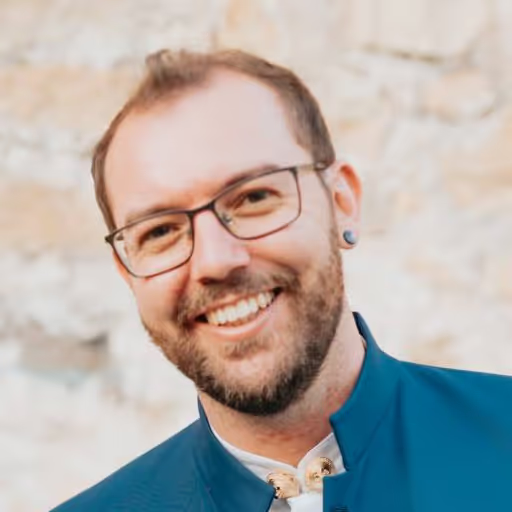
Edoardo Daniele Cannas
Research Scientist
How did you first become interested in multimedia forensics?
My journey in computer science was motivated by a strong passion for signal processing. As a kid, when I began playing and studying music, I also developed a strong curiosity about how sound is formed, represented and processed. Without even realizing it, this extended to every kind of multimedia, from images to videos. This led me to explore various aspects of multimedia during my bachelor's and master's degrees, from their mathematical foundations to how they are exploited in everyday applications.
Then, during my final M.Sc. year, my advisor proposed a thesis on video forensics—I fell in love with the field. It was fascinating to put together all the knowledge I acquired over the years. Moreover, threats like deepfakes and AI-generated content gained a lot of popularity and attention from the community during that period. This gave me further motivation in tackling these threats as I pursued my PhD, and especially now as I’ve joined GetReal.
What are you currently working on, and why is it important?
My current work focuses on the development of interpretable algorithms to spot AI-generated or manipulated media, especially videos. AI-powered threats are a reality of today, and malicious actors deploy new technologies every day. This motivated the forensic community to channel AI tools as well to combat them. These instruments, however, also have a series of liabilities, the main one being that we often do not understand what motivates their decisions.
At GetReal, we believe our tools must be transparent and easy to interpret. Reliable and interpretable instruments are crucial for fostering public trust in digital content. Opaque or faulty tools erode this trust. My team and I build technically robust, user-friendly solutions with clear explanations and visualizations, empowering users to judge online content veracity. The integrity of our tools directly affects the public's ability to discern truth, a responsibility we take seriously.
What industries or real-world problems could your research help solve?
Verifying the authenticity of multimedia content is increasingly important in our digital world. As digital media becomes more pervasive and its applications continue to grow, I hope my work can help maintain integrity and trust by identifying manipulated or fraudulent multimedia across various sectors, including media outlets, social networks, government, insurance, finance, legal, education and healthcare.
What’s a misconception people have about your research area?
With the adoption of AI in the forensic field, many people believe that we can tackle forensic tasks like any computer vision or deep learning problem, but this isn’t quite the truth.
Forensic traces are very subtle and can be destroyed or altered with many common data operations, like compression and resizing. This might seem discouraging, but expert forensic practitioners exploit all of this information to understand what happened to a certain piece of media. This is also true when AI is deployed in forensics. Neural networks can help researchers determine the authenticity of multimedia objects, but we must remember that the core of this analysis is forensic traces, and our procedures and tools must respect them.
What do you do outside of research? Any surprising hobbies or passions?
Outside of work, I enjoy spending time with my wife, dogs and family. One surprising hobby: I have been playing electric bass semi-professionally for more than 15 years. I still play in bands, concerts and festivals, and right now I’m recording a psychedelic rock album.
What’s one piece of advice you’d give to aspiring researchers?
Research ideas often have their own life. They seem brilliant, perfectly coherent and logical, but sometimes they fail and other times they succeed. This can be particularly discouraging for researchers, as unexpected outcomes often emerge despite taking all the “right” steps. So the bottom line is: never “fall in love” with research ideas, and always look at your work with lucidity and objectivity, despite its outcomes. Even after “failures”, new research avenues that you might not have even imagined in the first place could open up for exploration.
